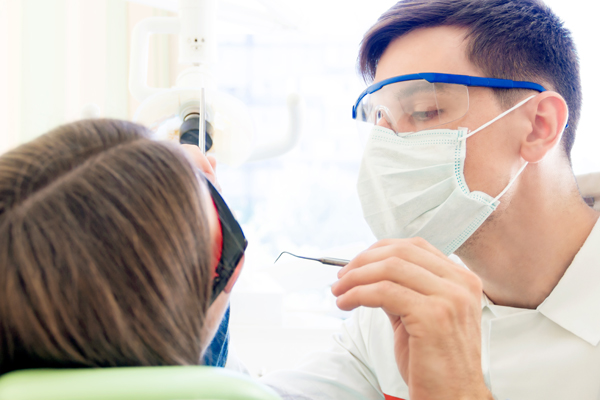Dental Implants: Find Out if You Are a Good Candidate
 Since the emergence of dental implants as the revolutionary new way to replace lost teeth, our San Placentia dental office has been getting many questions about the process, how it works, and most importantly, if someone is a good candidate to get dental implants. The truth is that no one can answer the final question with a degree of certainty until you have gone through an examination. The reason for this is that dental implants not only replace the visible tooth structure, but also the root. Since it is a surgical process, you do have to be able to withstand the surgery, and your jawbone has to be healthy enough to take the implant correctly. Dental implants are placed by a periodontist or an oral surgeon. A few conditions that may preclude you from getting dental implants include unchecked or untreated periodontal disease, diabetes that is not well-controlled, cancer treatments that include radiation, and heavy addictions to alcohol or cigarettes. Each of these could serve as a barrier that might prevent the bone from fusing properly with your dental implant, and thus make it unstable. Another condition we have to be cognizant of is bone density loss due to teeth loss, which can cause the bone to become brittle or weak. The good news for most patients is that none of these has to be a permanent situation, and even if they are, there are workarounds, so you can get the replacement teeth you desire.
Since the emergence of dental implants as the revolutionary new way to replace lost teeth, our San Placentia dental office has been getting many questions about the process, how it works, and most importantly, if someone is a good candidate to get dental implants. The truth is that no one can answer the final question with a degree of certainty until you have gone through an examination. The reason for this is that dental implants not only replace the visible tooth structure, but also the root. Since it is a surgical process, you do have to be able to withstand the surgery, and your jawbone has to be healthy enough to take the implant correctly. Dental implants are placed by a periodontist or an oral surgeon. A few conditions that may preclude you from getting dental implants include unchecked or untreated periodontal disease, diabetes that is not well-controlled, cancer treatments that include radiation, and heavy addictions to alcohol or cigarettes. Each of these could serve as a barrier that might prevent the bone from fusing properly with your dental implant, and thus make it unstable. Another condition we have to be cognizant of is bone density loss due to teeth loss, which can cause the bone to become brittle or weak. The good news for most patients is that none of these has to be a permanent situation, and even if they are, there are workarounds, so you can get the replacement teeth you desire.
Dental implants are among the most successfully placed prosthetic devices in the world. According to some studies, the success rate hovers around 98 percent, though a more conservative estimate is 94 percent. The truth is that we go to great lengths to ensure that your dental implants are successful and that you will be measuring that success in decades, not merely in years. In order to have such a high success ratio, we start every dental implant procedure with a complete and very thorough examination of the patient's mouth. This includes a full set of x-rays and a CT scan. These dental imaging devices will give us a detailed look at the condition of your jawbone and tell us if there are additional procedures needed. Since the jawbone needs to be able to both sustain and support the implant, it is imperative that the bone has enough density and strength to be successful. For some folks, this is a natural condition, and we can proceed immediately to what is known as an immediate implant placement.
For other patients, the loss of teeth or damaged teeth has caused a loss of bone density. This creates a situation where we have to augment the bone with an alveolar bone graft, targeting the upper part of the jawbone where the teeth typically are found. An onlay bone graft creates a block of jawbone into which we can safely and securely place your dental implants. Healing between the bone grafting and the placement of the implants themselves can take up to six months, so you should definitely plan for a long term solution.
Cosmetic Dentistry > Teeth Whitening Since the emergence of
Since the emergence of 
